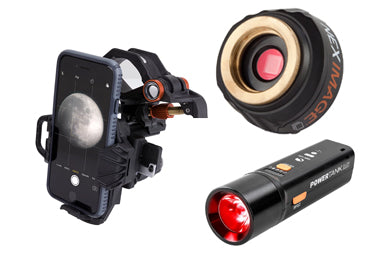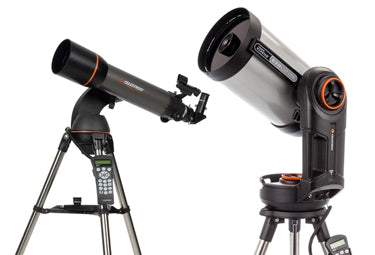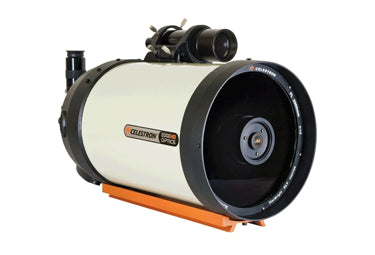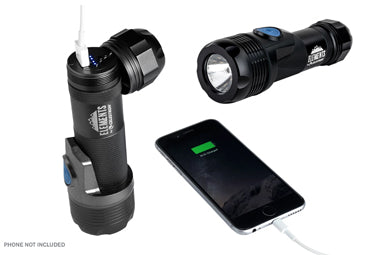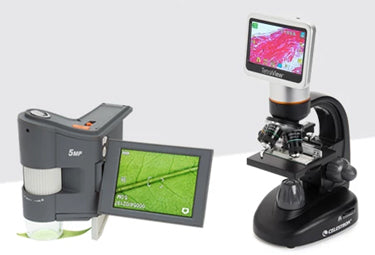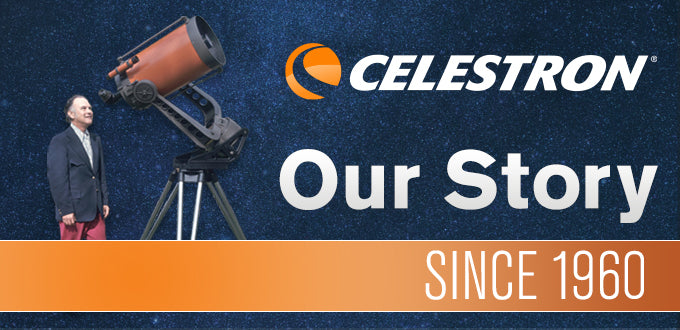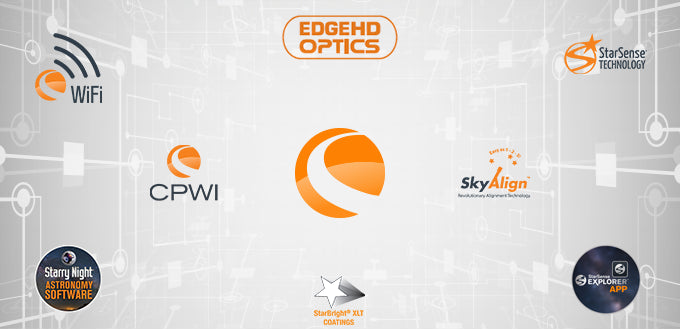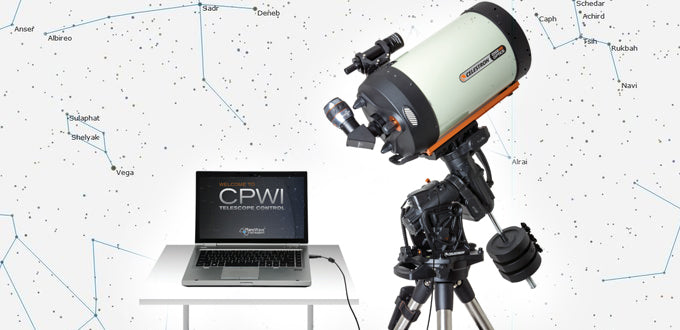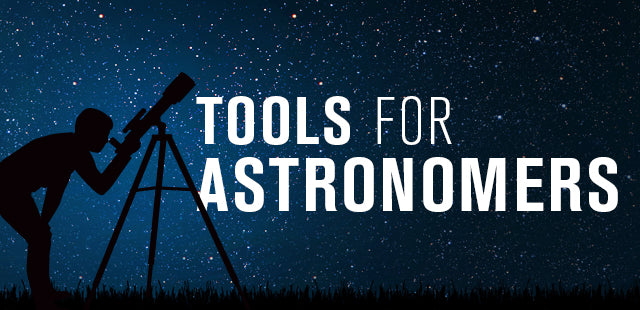The Ultimate Guide to Observing Artificial Satellites
October 20, 2021

Have you ever noticed moving "stars" traversing the sky after dusk or before dawn in relatively dark skies? What could they be? If they don't flash with blinking lights, we can rule out aircraft. The chances are good that you saw a communication satellite or even the International Space Station (ISS). These manmade objects do not give off light of their own but rather shine by reflected sunlight—most often bouncing off the large solar arrays that power them.
Since Sputnik 1 launched in 1957, humans have rocketed thousands of satellites into Earth orbit. Today, both active and inactive satellites remain in orbit, with more being launched every year. Modern satellites can be small enough to fit in the palm of your hand or as large as the ISS with many sizes in-between! As we follow their paths across the night sky, satellites seem to travel on highways through the cosmos.
Many people are unaware of satellites' functionality, let alone that some are visible to the naked eye. So, let's look at the differences between natural and artificial satellites and go over some helpful tips to observe satellites like the ISS and resources you can use to help predict when they'll fly over your location.
 |
Natural Satellites Technically, a satellite is any object that orbits around a larger entity. In space, there are natural satellites such as asteroids and planets with their respective moons. Our own Moon, which orbits around Earth, is the perfect example of a natural satellite. The Earth is itself a satellite because it orbits around the Sun. |
 |
Artificial Satellites Humans manufacture satellites on Earth and launch them into space to orbit Earth or other celestial bodies for specific purposes. These objects are called artificial satellites. Many are functioning, but some are dead or obsolete. In addition to the satellites themselves, debris left over from launch vehicles can remain in orbit—called "space junk." Artificial satellites move swiftly across the night sky, beaming everything from satellite internet, phone to TV signals, and top-secret military communications. Other satellites monitor the Earth or carry astronauts and space tourists aboard the ISS. Most of today's operational satellites reside in Low Earth Orbit (LEO). Exactly as its name suggests, LEO is an orbital region approximately 160 to 2,000 kilometers (99 to 1,242 miles) above the Earth's surface. Satellites that inhabit this region orbit the Earth quickly, completing an orbit in about 90 minutes and moving at speeds around 17,000 miles per hour! All the satellites we can observe with the naked eye operate in LEO, including the Hubble Space Telescope (about 340 miles above Earth) and the International Space Station (about 254 miles above Earth). Medium Earth Orbit (MEO) is a region between 2,001 and 35,785 kilometers (1,243 to 22,236 miles) above Earth's surface. Satellites in this region often have polar orbits and are less numerous than LEO satellites. They are used mainly for global positioning systems (GPS) and other navigation-related applications. Geostationary Orbit (GSO), also referred to as a Geosynchronous Equatorial Orbit (GEO), is a circular orbit 35,786 kilometers (22,236 miles) above Earth's equator. Geostationary satellites have an orbital period that follows the rotation of the Earth on its axis, completing one orbit in approximately 23 hours, 56 minutes, and 4 seconds. This means they are in fixed positions relative to the surface of the Earth. Satellites used for communications, surveillance, and weather reside in this orbit. Because they are so high up, we can't see them without a telescope. |
|
|
The International Space Station Launched in 1998, the International Space Station is the largest manmade object orbiting our planet. An international partnership of five space agencies from fifteen countries operates the ISS. This modular and livable artificial satellite has been in orbit for almost 23 years. Here's an interesting fact: the ISS is more than four times as large as the Mir Space Station that orbited Earth from 1986 to 2001, operated by the Soviet Union and later Russia. The ISS is the favorite target among satellite observers. It resides approximately 220 miles above Earth, travels at five miles per second or roughly 17,150 miles per hour, and orbits Earth about every 90 minutes–encountering 16 sunrises and sunsets every day. During summer, when nights are shorter, the ISS can remain illuminated by the Sun all night long. Because it has large, reflective solar panels, the ISS is currently the brightest object in Low Earth Orbit visible from the Earth's surface. On favorable passes, the space station looks like a faint star moving across the sky that gradually brightens. It can be as bright as magnitude -6, more luminous than Venus at its greatest brilliancy. Some have even reported the ISS as bright as magnitude -8 under ideal conditions. The ISS will quickly disappear when it enters the Earth's shadow during evening passes. It can also suddenly reappear when it emerges from Earth's shadow during morning passes. |
 |
Iridium Satellites Not too long ago, first-generation Iridium satellites were one of the most popular satellites to view. Their polished surfaces would reflect sunlight, causing them to briefly "flare" for a few seconds and then fade away as they made their way across the sky. Their brilliant flare could reach magnitude -8, causing a chorus of "oohs" and "aahs" during star parties or other public gatherings. Sadly, Iridium flares have disappeared as the original group of 66 iridium satellites has been decommissioned and replaced by new communications satellites that do not produce flares. But what a great memory! |

|
Starlink SpaceX's Elon Musk's latest business venture is Starlink. His vision is to build a mega constellation network of approximately 42,000 small satellites in Low Earth Orbit to sell and provide broadband Internet access to virtually everyone on the planet. With more and more Starlink satellites joining the network, they are becoming more prevalent. From Earth, Starlink satellites resemble a string of lit pearls—a "train" moving in a straight line across the night sky, creating a spectacular yet unusual sight. However, Starlink is not without controversy. Astronomers and communities are voicing concerns that Starlink satellites could alter the appearance of the night sky for current and future stargazers. These frequent satellite intrusions could contaminate scientific research data and ruin astroimages. |
 |
Other Notable Artificial Satellites Here are a few more of our favorite artificial satellites that you can try spotting:
|
 |
Websites and Apps for Spotting Satellites There are numerous online websites and apps to help plan your satellite spotting ahead of time. You can select a popular satellite and find out when to look, the start and end times, direction (azimuth), orbital path, altitude (elevation), and parts of the sky where the satellite will enter, exit, or disappear: |
Tips for Viewing Artificial Satellites
- The best time to observe satellites is during the evening when the sky transitions to darkness after the glow on the horizon disappears. If you are an early riser, you can also observe satellites before dawn—before the light on the horizon appears. Although the Sun will be a few degrees below the horizon, Low Earth Orbit satellites will be high enough to reflect sunlight.
- The middle of the night is not ideal for spotting satellites because the Earth blocks sunlight from reaching the satellites as they pass by, making them invisible.
- Your chances of spotting satellites are best if you can get away from city light pollution and observe from a dark sky site with your eyes adjusted to the dim conditions.
- Use a reclining chair to help support your neck. Looking skywards will be much more comfortable for prolonged periods.
- Scan a wide portion of the sky with your naked eyes and look for movement. Satellites often travel west to east, but some move north to south or south to north.
- Wide-angle 7X-8X binoculars are ideal for scanning the sky or following satellites after they're spotted.
- Although it is possible to follow satellites manually using a low-power, rich-field telescope, it is challenging. Some satellite observers who successfully tracked the ISS with their telescopes reported that they could detect its distinctive "T-shape."
- If you're lucky, you might see a dark silhouette of a satellite zipping by while observing a bright object such as the Moon. Don't blink, or you'll miss it.
- Summertime is the best time to view satellites since it has the shortest nights, and Low Earth Orbiting satellites are illuminated longer by the Sun.
- You must be sure the moving "star" that you spot is not an airplane before aiming a laser pen to point it out. If you're not sure, don't point your laser. And, of course, follow all local laws governing the use of lasers in your location.
- Never attempt to view any satellites transiting the Sun without proper solar filters. Permanent eye damage can occur.
Spotting satellites can bring an extra level of excitement to your star party if you are observing with the public, your friends, family, or even by yourself. The next time you view the International Space Station flying over your location, remind everyone that a moving "star" originated here on Earth and has a crew of humans aboard conducting scientific research or possibly engaging in an extravehicular activity (EVA); such as a spacewalk! Clear skies, and keep looking up!
Other articles you might be interested in: Ultimate Guide to Observing the Universe

